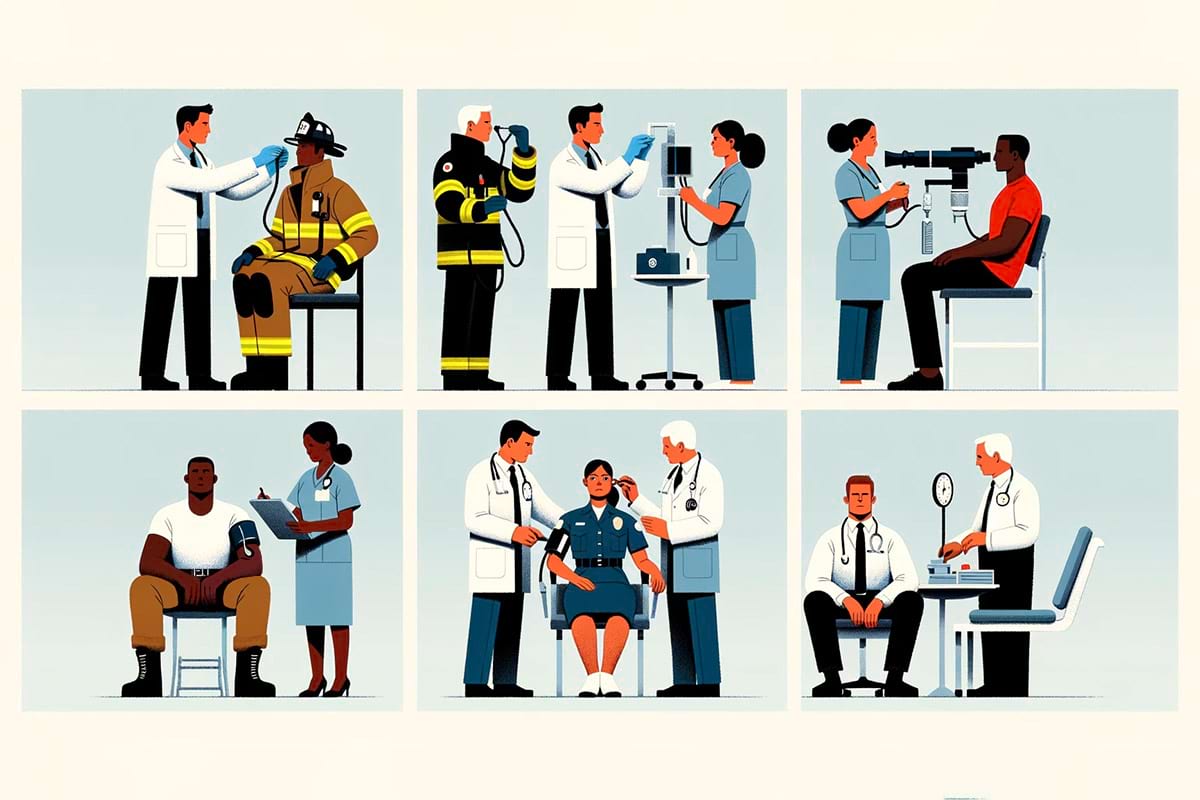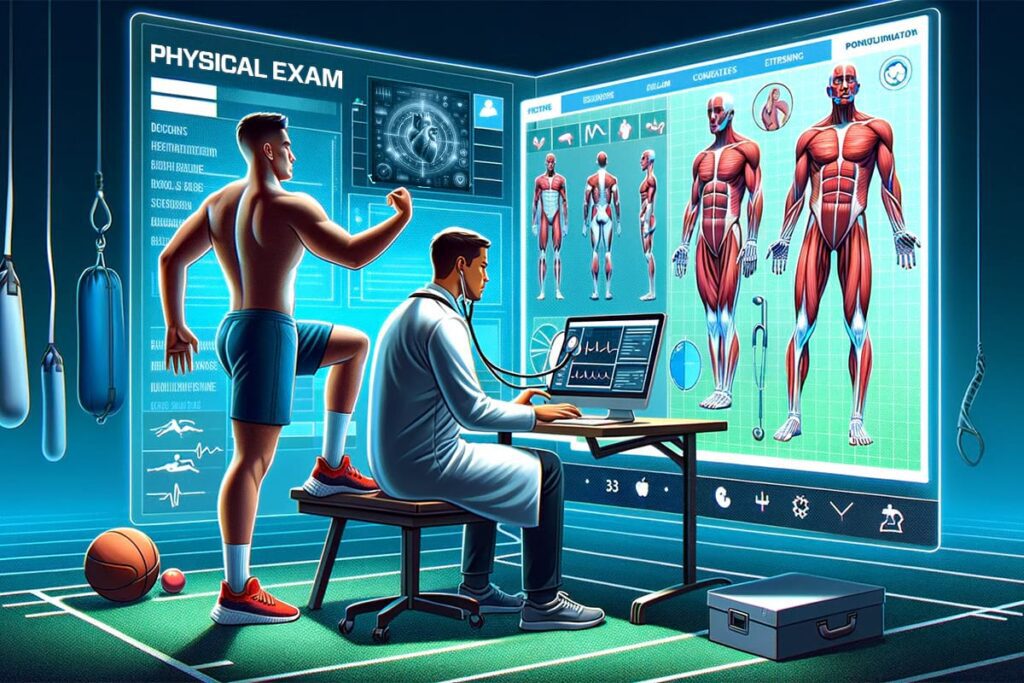Construction projects are large-scale undertakings that require precise and proper planning. Without the appropriate construction project planning, projects run the risk of both going over budget and schedule and creating challenges for builders, investors, and clients.
Construction project planning mitigates these challenges. It includes leveraging technology, defining work tasks, estimating required resources and durations for each task, and identifying interactions between tasks. A good construction plan is the basis for developing the budget and the work schedule.
This blog discusses project planning in construction. We’ll explore the fundamentals of construction project planning, steps in the planning process, resource management strategies, legal and compliance considerations, budgeting and controlling costs, and more. After reading, you’ll have a better understanding of how to create a plan that keeps your construction project on schedule and within budget.
Table of Contents
Fundamentals of Construction Project Planning

Detailed project planning is essential to the success of any construction project, no matter the size of the effort. Construction planning allows organizations to map out the most direct and efficient means of completing a project. A typical construction plan includes information on the objectives of the project; the anticipated scope; details on how to effectively manage resources; timelines and deadlines; estimated costs; and more.
A construction project plan isn’t inflexible. Rather, it should be highly adaptable as warranted by changes in the construction schedule, availability of labor, equipment, and materials, and other factors that can impact a project. An agile plan is an effective plan.
Identifying Objectives and Scope
A construction project scope (or scope or statement of work) is a documented plan created by the construction team that details the work that will be done to complete the project. The scope of work clearly defines the tasks that need to be done, when they need to be done, who is responsible for completing them, and so forth. It also includes the objectives and goals for the project.
A scope of work is included in every contract and serves as a “single source of truth” for everyone involved in the construction project, including managers, contractors, equipment suppliers, and the client. The scope ensures that key elements of the project are aligned with stakeholders’ expectations and project feasibility studies.
Steps in the Construction Project Planning Process

Construction project planning requires the completion of several sequential steps, from initial assessment and feasibility studies to the development of a comprehensive project plan. Even though these steps are tightly integrated, plans must be iterative and allow for adjustments as the project progresses.
Let’s take a closer look at two of those steps: creating a work breakdown structure and developing a project schedule.
Creating a Work Breakdown Structure
A Work Breakdown Structure (WBS) is a tool that breaks the entire construction project into smaller and more manageable parts. This makes it easier for construction and project managers to visualize each aspect of the project, assign due dates and responsibilities, and tackle each of them in sequence. In essence, a WBS makes construction projects less daunting and easier to track and ensures that everything is moving forward and in the right direction.
Elements of a WBS include but are not limited to:
- Project scope
- Project schedule
- List of key stakeholders
- Project tasks and timelines
How the WBS is structured can impact the way the project is executed. Three major types of WBS include:
- Deliverable-based WBS. Project scope is broken down into manageable pieces and shown in a hierarchy, with the main deliverable or control account at the top, followed by individual work packages and tasks that must be completed to satisfy the deliverable.
- Responsibility-based WBS. This type of WBS divides the scope of work based on project team member responsibilities. For every deliverable, the WBS illustrates which team members are involved, including their roles and responsibilities, who they report to, and so forth.
- Phase-based WBS. The phases of the project (i.e., Design, Procurement, Construction, etc.) constitute the highest-level elements, followed by their associated tasks and deliverables.
Developing a Project Schedule
Construction project schedules are another important component of project planning. A sound project schedule details each point in the construction project, from start to finish. It includes pre-construction submittals and plans, details on oversight, plans for project closeout, and other activities.
A construction project schedule illustrates every task and event in the project, when each task needs to be started and completed, and in what order they should be completed. It can also include the person responsible for each task. Schedules provide insight into the type and number of equipment and personnel required per task, to make the project a success.
Project managers can plan their projects using several types of scheduling techniques, including:
- Critical Path Method (CPM). The construction manager identifies the essential tasks required to complete a project. Tasks are listed in terms of dependencies (i.e., Task B cannot be completed until Task A is done). The most urgent dependencies are prioritized.
- Last Planner® System (LPS). Created by the Lean Construction Institute, the LPS “promotes the creation of a predictable workflow among various parties so that it achieves reliable results.” It does this by providing construction managers with a five-phase system that includes master planning, phase planning, lookahead (AKA “make-ready”) planning, weekly work planning, and learning.
- Program Evaluation and Review Technique (PERT). Project managers identify and prioritize the most critical tasks within the project and create an estimated timeline that references the sequences of tasks, dependencies between tasks, and the expected time it will take to complete each task.
Whatever technique they choose, managers often use a tool called a Gantt chart to diagram their schedules. A Gantt chart is a bar chart that shows dependencies between tasks and allows managers to create a visual hierarchy showing the relationship between critical and less critical tasks. Many different software programs can be used to create a Gantt chart, including Oracle Primavera P6, Microsoft Project, GanttPRO Project Planner, and others.
Learn more about construction scheduling techniques.
Resource Management Strategies
Good resource management enhances productivity and keeps projects running efficiently, smoothly, within budget, and on time.
Examples of resource management strategies include:
- Project planning and resource identification. Managers define their project’s scope, objectives, deliverables, and tasks needed to complete the project.
- Resource allocation. Resources are aligned with the project’s tasks and activities.
- Resource procurement. The appropriate resources—including equipment, materials, and so forth—are acquired.
- Resource monitoring. The performance of acquired resources is monitored throughout the lifecycle of the construction project.
- Resource optimization. The use of available resources is optimized so that downtime is minimal and resources are being used to their fullest capabilities.
Resource estimation and budgeting is another core component of resource management—and perhaps the most important, at least in terms of cost control. Let’s take a closer look at how construction project managers can effectively budget their resources and costs.
Budgeting and Cost Control
Budgets are essential for controlling costs, identifying potential risks, assisting in decision-making, facilitating communication among project stakeholders, and ensuring profitability. Without a budget, construction project planners risk overhead costs and cost overruns and struggle to plan for variables such as price increases and delays.
Creating a construction budget is a distinct project that involves the following steps:
- Project research. Managers analyze and identify the project’s goals and requirements. During the research phase, site conditions are assessed, zoning and permits are secured, and project documentation is created.
- Project scope. Planners meet with architects and engineers to understand and determine the scope and design aspects of the project. Then, they create lists of materials that will be needed to complete the project.
- Pre-construction and documentation. Planners meet with all key stakeholders to discuss the project and budget in detail, raise any potential issues, and identify possible risks.
- Construction and project closeout. This is an ongoing phase in which managers continually monitor their costs to ensure they remain aligned with their budgets. This allows them to make adjustments if necessary to control costs.
Learn more about construction budgeting.
Risk Management in Construction Planning

Construction risk management involves anticipating risks and implementing procedures and processes to mitigate them if or when they occur. Risks are generally identified early in the construction process. Planners compile lists of every possible risk that could arise, including:
- Financial risk. Financial risks are items or events that could impede the cash flow of a construction project. They can include unexpected price increases, a rise in market competition, a lack of funding, etc.
- Project risk. Project risks include missing deadlines, poor resource management, labor shortages, and other factors that could cause a construction project to fall behind schedule.
- Legal risk. Legal risks include issues around the inability to secure permits, contract disputes, and so forth.
- Safety risk. Safety concerns include environmental and site hazards, improper equipment use, and other circumstances or events that could occur at the job site and jeopardize the safety of the construction crew or the public.
Proactive risk management, before any work is done, can significantly minimize the impact of risks on project timelines and costs.
Implementing Safety Measures
Construction sites are inherently risky. From potentially dangerous pieces of equipment to the possibility of electrical shock, there are potential threats around every corner.
That’s why it’s critical to implement the appropriate safety measures and procedures for every construction job. Before any work commences, planners should compile a comprehensive list of safety protocols to protect all stakeholders and shield the project from legal liability or delays.
Construction managers should take several steps to improve construction safety, including:
- Conduct equipment training. Proper training on construction equipment can help minimize the potential for human error.
- Assess site conditions. Perform a thorough site assessment before breaking ground and note potential hazards (for example, height risks). This can help managers identify ways to improve safety before work begins.
- Mandate protective equipment. Ensure each worker wears the appropriate protective gear (such as hard hats, face shields or masks, etc.), and make sure the equipment is worn properly to prevent injuries.
- Enforce safe site visits. Set parameters around who can visit the site and when. Ensure that all authorized visitors are accompanied by a site manager during their walkthroughs.
- Install signage warning of safety hazards. Clearly demarcate areas of concern and potential hazards with signage warning workers and visitors to be careful or avoid the areas.
- Perform routine inspections. Regularly inspect equipment to make sure it is functioning properly and does not pose a danger to workers. Teach workers the proper ways to inspect equipment and protocols for reporting faulty machinery.
Implementing these measures can help instill a culture of safety on every construction site. Workers will appreciate that their construction managers care about their well-being, which can improve employee happiness and productivity.
Legal and Compliance Considerations
Beyond the physical and financial requirements, construction projects also require an array of legal activities that must be completed before any dirt is stirred. Legal compliance helps mitigate risk and ensure funding for government and commercial projects.
The primary legal activities required for a construction project include:
- Arranging for permits. Construction managers must receive a permit from the local government that permits them to build on a particular site. The entire process—applications, reviews, and approvals—can take several months and could cost thousands of dollars, depending on the type of permit required.
- Complying with regulations and standards. Regulatory compliance in the construction industry is determined by rules and regulations formed and enforced by the Occupational Safety and Health Administration (OSHA), as well as other government agencies like the United States Environmental Protection Agency (EPA). State and local governments will also have their own regulations that construction managers must comply with.
Legal teams must work with construction managers and planners to ensure that all regulations and compliance standards continue to be met throughout the life of the construction project. Failure to do so could result in unwanted legal issues and project setbacks.
Leveraging Technology in Project Planning
Construction project planning is enormously complex and challenging, and it can be difficult to manage using basic spreadsheets, emails, and other legacy forms of technology. Fortunately, construction managers and planners can use new technology and automated tools to create their construction scopes and budgets, streamline workflows, and facilitate communication among key stakeholders. They include:
- Simulation tools. These tools allow construction project managers to simulate the impact any change will have on the entire construction project, including costs, schedule, and the overall outcome.
- Building Information Modeling (BIM) and 4D scheduling. When linked with a construction schedule, BIM models and 4D schedules can provide a visual representation of the progress of the construction project over time.
- Artificial intelligence (AI) and machine learning (ML). AI and ML are embedded in many modern construction technologies and can be used to automate construction planning and monitoring, resulting in greater efficiency.
- Portfolio management software. Tools like Microsoft Project and Oracle Primavera P6 allow managers to plan, manage, schedule, and execute all aspects of their construction projects. Both tools have unique benefits. Oracle Primavera P6 provides more in-depth functionality, including “what-if” scenarios that show what is likely to happen if part of the project is changed, while Microsoft Project uses a Gantt chart to show a highly streamlined and visual representation of the project.
Conclusion: Mastering Construction Project Planning
Construction projects are large, complex, time-consuming, and expensive, and require the execution of thousands of tasks to reach completion. As such, detailed and precise project planning is necessary.
The planning process involves several steps, including creating a Work Breakdown Structure and project schedule–before any work begins. Construction managers must take special care to account for potential risks and other factors that could derail a project and lead to cost overruns. Careful resource management, budgeting and cost control, and adherence to national and local regulatory guidelines are essential.
But managers needn’t do any of these things alone. Acuity is here to help. We have decades of experience helping organizations manage construction projects of all sizes. We routinely help managers apply proven project management techniques and effective cost analysis and engineering principles. Finally, we use the latest technology to ensure that our clients have the most accurate information to make the most informed decisions to help them keep every project on track and within budget.
Contact Acuity to learn more.




























